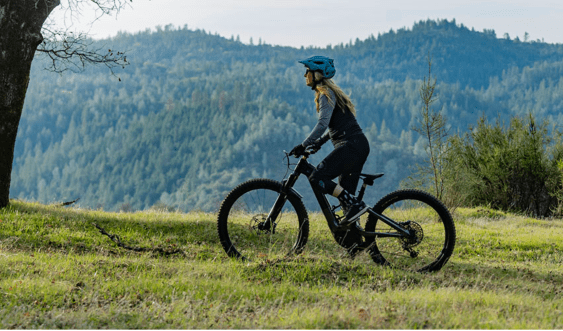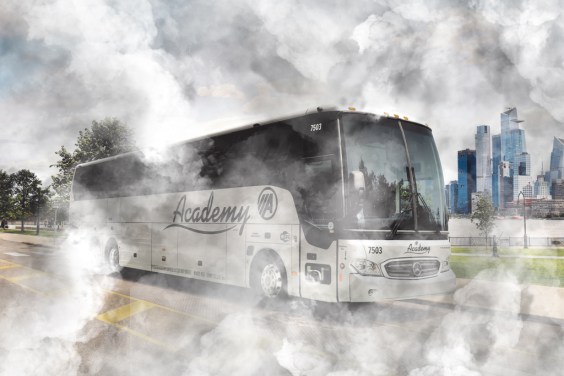This week we’re joined by Ryan Russo, a former city transportation official in New York and Oakland who nows serves as the executive director of the National Association of City Transportation Officials (NACTO).
Ryan shares with us more wisdom from the revised Urban Bikeway Design Guide and discusses the transformation of street systems and managing space for people and deliveries.
Scroll past the audio player below for a partial edited transcript of the episode — or click here for a full, AI-generated (and typo-ridden) readout.
Jeff Wood: What’s interesting to me to think about is also you have a lot of good plans for thinking about networks, right? And the guide discusses that, but then this new idea of e-commerce and you know, delivery systems that are coming on bikes more often than maybe they were before, it makes that discussion of a network more interesting or at least more difficult because you also have to have this discussion of where is like the freight network, right? So there’s a bike network for individuals, but then there’s the packages and the deliveries and the things like that. And so how does that change the discussion of bike networks from your perspective and from the perspective of the guide?
Ryan Russo: So something important to note that the bike network planners in our cities have known since I was one of them years ago, is that these corridor redesign projects often were curb management projects as well, and that they involved door-to-door outreach with local businesses around their delivery and access needs.
And what you often found was that excess space you needed to sort of create something like a protected bike lane was currently used by a double parked vehicle or a delivery truck because the curb wasn’t very well managed and there was sort of long-term parking at the curb and then the second lane of parking where the deliveries and drop offs took place.
And this is, you know, pre Uber and Lyft and DoorDash, etc. So often the projects needed to come with a curb management plan to add parking meters or loading zones, and to better manage the curb to make sure that businesses needs were met with the newly reallocated space.
So NACTO really has recognized this and our planners and project managers have recognized this, but this work needs to kind of continually be updated for everything that’s happening. And so, you know, we’ve got the work going on with our curb management working group in which we’re updating and highlighting the best practices around better managed curbs and integrating freight and mobility hubs. And again, our members are leading the way with things like mobility hubs. We’re seeing more partnership with sort of the freight industry around, you know, using e cargo bikes or quad cycles, if you will, for that last mile. So it’s getting more complicated and more intense as we all become much more reliant on delivery. But we have a foundation that we’re building on.
Jeff Wood: I was looking through the Urban Delivery by Bike practitioner paper, which is another interesting edition that’s not in the guide, but it’s on your website. I found the delivery stages instructive and useful, not only to think about like, curb and loading of transportation facilities, but also just thinking about kind of the mixture of the two.
The delivery and loading part of it is still really hard to reconcile because like you said, like you wanna put the bike lane in that curb space, but then you also have all these deliveries happening. You have loading zones, you have delivery zones, you have different types of parcels and packages. You have the individuals who want their food delivered, versus like the business who needs, all of their, their stuff from the warehouse to get to their, their store. So all of this stuff just adds more complexity to the street. The street is everything for everyone. And so we need to organize it in a way that works for people. And so some of that frustration during the design process probably comes from the needs of all the people on the street.
Ryan Russo: Yeah, absolutely. I mean, I think. Urban streets have always been, you know, at their best a ballet of many different activities. And this is just a new, a new type of dancer being introduced. But I think like when we keep in mind that need for just diversity from the outset. As opposed to homogeneity, which was like what we kind of moved to in a North American street design, where it’s like everything’s in a car and everything’s at a high speed.
When we get those speeds down, even though it can kind of look quite scary to have all of those uses happening in a place. When we keep the speeds down of the motor vehicles of the cyclists. Pedestrians are inherently lower speed. If we keep the speeds all closer to one another, we find that more uses can be accommodated.
The diversity of uses can be accommodated that city streets really need to achieve both local business access, economic activity, and movement. It’s when we emphasize higher speed and motor vehicles in a more homogeneous way, that kind of activity becomes quite hard to accommodate.






